Mountain Review: Loveland
MOUNTAIN SCORE
CATEGORY BREAKDOWN
See our criteria8
Snow:
6
Resiliency:
7
Size:
7
Terrain Diversity:
7
Challenge:
4
Lifts:
7
Crowd Flow:
5
Facilities:
5
Navigation:
8
Mountain Aesthetic:
GOOD TO KNOW
1-Day Ticket: $104-$149
Pass Affiliation: Powder Alliance
On-site Lodging: No
Aprés-ski: Limited
Nearest Cities: Denver (1.75 hrs)
Recommended Ability Level:
+ Pros
Easy access from Denver
Heavy annual snowfall
Wide variety of bowl skiing
Price
– Cons
Inconsistent conditions due to wind exposure
Slow lifts in many areas
No on-site lodging
MOUNTAIN STATS
Lifts: 10
Trails: 94
Beginner: 13%
Intermediate: 41%
Advanced/Expert: 46%
RECENT ARTICLES
VIDEO
Mountain Review
If you’ve ever driven west on Colorado’s Interstate 70 through the Eisenhower Tunnel, chances are you’ve noticed Loveland, the ski area that incredibly sits right on top of it. Yes, not only is the state’s Continental Divide home to the highest point on the U.S. interstate highway system, but it’s also home to the only ski resort in North America you can physically drive through.
The ability to ski on top of a major interstate highway is pretty cool, but if you’re like most skiers and riders, you’re probably looking for a bit more than that in an ideal ski resort experience. Loveland sees lots of snowfall throughout the year and offers solid bowl skiing, but does it have the chops to compete against the better-known destinations? Well, in this article, we’ll go through Loveland’s overall mountain experience, and then we’ll go through how the resort stacks up in our overall rankings.
Loveland is the only ski resort in North America that you can actually drive through, as Interstate 70’s Eisenhower Tunnel is directly under the mountain.
Altitude and High-Alpine Terrain
Located directly on the Continental Divide, Loveland sits at an exceptionally high altitude, even compared to other in-state ski resorts. The resort’s base elevation is 10,800 feet, the highest of any ski resort in all of North America. This is a remarkable feature, but if you struggle with altitude sickness, steer clear of Loveland. Above-treeline terrain makes up a significant portion of the resort and spans hundreds of acres, with bowls offered for all ability levels.
TRAIL MAP
Size and Resort Layout
Loveland’s footprint spans approximately 1,800 skiable acres, making it smaller than the best-known destinations but still decently sized for a few days of skiing or riding. The resort actually comprises two physically separate mountain areas: the main Loveland Basin area, which makes up about 95% of the resort’s skiable footprint, and the much smaller, beginner-friendly Loveland Valley. Loveland Valley is only connected to the rest by shuttle bus service and offers beginners complete isolation from more aggressive skiers and riders in other areas.
Even compared to other Colorado resorts, Loveland sits at an incredibly high altitude, with a base elevation of 10,800 feet.
Snow Quality
Loveland’s high-altitude location furnishes it with extraordinary accumulation each season. The resort’s snow totals are among the best in the state, and when there’s powder, the resort delivers high quality conditions everywhere on the mountain. On Thursdays through Sundays when conditions allow, Loveland offers free snowcat bowl skiing for experts at the top of the resort. Getting to the loading area requires a mild hike, but when conditions are good, the cat ride brings you to untouched snow.
Conditions Resiliency
However, many parts of the mountain fail to hold accumulation and get crusty quickly due to significant wind susceptibility and unfavorable terrain exposures. If it’s not a good day, visitors will come across unmarked thin cover and rough patches in many bowls. It’s best to stay clear of the highest elevation areas after a few days with no new snow.
On non-powder days, guests will typically find Loveland’s best snow off the Chet’s Dream lift, which was recently upgraded to become the resort’s only high-speed lift. With entirely below-treeline north-facing terrain, this area holds snow much better than other parts of the mountain. Guests will consistently find well-maintained groomers and powdery mogul runs here. Other below-treeline mountain areas, which generally form the lower third or so of upper-mountain lifts, tend to offer decent conditions as well. Loveland builds the snow base on some lower mountain trails with early season snowmaking, often allowing the mountain to open as early as mid-October. However, the resort typically doesn’t continue the practice past December.
Loveland receives some of the highest snow totals in Colorado, but conditions can be variable due to its highly wind-exposed footprint.
Beginner Terrain
Assuming one can handle the altitude, Loveland is actually a pretty solid mountain for beginners. More than half of its lifts serve beginner runs, including unique opportunities for high-alpine bowl terrain off the Ptarmigan and Lift 6 chairs. The physically separate Loveland Valley is a good place to learn, with two terrain zones: a dedicated bunny hill, and a more traditional beginner-intermediate mountain area that’s great for progression.
Loveland offers unique high-alpine opportunities for beginner and intermediate guests.
Intermediate Terrain
Loveland also offers a wide variety of terrain types for intermediates. As with beginners, guests at the moderate level of proficiency can choose from multiple high-alpine bowls, with options off the Lift 4, 8, and Ptarmigan chairs. The bowls off Lifts 4 and 8 do bear the brunt of Loveland’s wind exposure, although grooming in certain areas does help somewhat. Below the treeline, there are a number of groomed cruisers as well.
RECOMMENDED SKIS FOR LOVELAND
NOTE: We may receive a small affiliate commission if you click on the below links. All products listed below are unisex.
Recommended intermediate ski
Recommended advanced ski
Recommended high-alpine ski
Recommended powder ski
Advanced Terrain
Like with other ability levels, Loveland’s advanced terrain offerings span both its below-treeline and its bowls. Lifts 8 and 9 serve steep but often windswept high-alpine terrain zones, while Chet’s Dream is the place to be for lappable mogul runs. If you want to get back to the base from the bottom of Lift 8 without riding the lift up, you can take a steep, narrow trail to the base of the highway and then hike under a tunnel to get out.
Chet’s Dream is the place to be for steep, lappable mogul runs at Loveland.
Expert and Hike-To Terrain
Loveland doesn’t cater as much to experts as some Colorado destinations, but there is some seriously technical terrain if you know where to look. In below-treeline areas, guests can find genuinely steep trees and mogul runs. Especially off Lift 1, these runs maintain continuous pitches that can put a serious strain on one’s endurance. But Loveland’s hardest terrain exist in high-alpine areas. The steep gradients and wind-blown conditions just off the Continental Divide make for tenuous slopes, and if you slip up and fall, there might not be much of a place to stop.
Loveland’s toughest runs are not directly served by chairlifts. Some of these trails require hiking, but others can be reached by the snowcat we mentioned earlier. These runs are no joke, and they can even involve rock-lined chutes or cliff drops with very little room for error.
Loveland’s toughest runs offer some serious technical challenge, but they require hiking or a snowcat ride to access.
Lifts and Crowd Flow
As one might expect from a fairly underdeveloped mountain, the majority of Loveland’s lifts are slow. Many chairs face heavy wind-exposure, but the resort finally installed safety bars on all of its lifts in recent years. A few logistical issues exist due to less-than-ideal lift placement. Even though every lift starts within a few thousand feet of the base, it takes as many as three indirect lifts to get to the top parts of the mountain. Some lifts are easy to miss on your way down due to the lack of true junction areas.
Luckily, relatively low crowds—unless it’s a powder day or I-70 through the tunnel is closed—help keep things moving. And assuming it’s not a storm day, the resort’s wide open nature helps make lifts visible from far away. In addition, you can ski or ride directly to the base area from anywhere at the resort.
Navigating Loveland is made easier by the ability to ski or ride directly to the base area from anywhere at the resort, although the mountain does have its quirks.
Mountain Aesthetic
One of Loveland’s strongest suits is its breathtaking mountain aesthetic. You’ll get direct views of some of the tallest peaks on the Continental Divide and feel like you’re on top of the world. There’s minimal development here except, of course, the major interstate highway running below—however, parts of the resort feel completely removed from that too. Some may be put off by the abandoned parking lot lift between Loveland Basin and Loveland Valley, but the general lack of crowds and local feel lead to pleasant vibes overall.
Loveland offers an incredible mountain aesthetic, including views of some of the tallest peaks on the Continental Divide from upper-mountain areas.
On-Mountain Facilities
Both sides of Loveland have their own base lodges with rental shops. Food at these is relatively cheap, and it’s possible to get a decent meal for under $15—which, unfortunately, is a rarity these days. Loveland Basin offers a few conveniently placed mid-mountain lodges and cabins, which especially come in handy on cold and windy days, but some of them don’t have seats, and they aren’t always open.
RECOMMENDED SNOWBOARDS FOR LOVELAND
NOTE: We may receive a small affiliate commission if you click on the below links. All products listed below are unisex.
Recommended intermediate board
Recommended advanced board
Recommended high-alpine board
Recommended powder board
Lodging Options and Nearest Cities
A big Loveland downside is its lack of nearby lodging. There’s nowhere to stay on-site at Loveland, and the nearest hotels are a few miles away on the other side of the Continental Divide in either Dillon or Keystone. At certain times, snowstorms can leave roads unpassable and make the mountain difficult or impossible to drive to. You might be able to get to Loveland when roads to the other resorts are closed, but in these cases, the mountain’s parking lot can fill up and make it impossible to find a spot. Those searching for a dependable, multi-day ski vacation may want to look elsewhere.
Loveland ultimately might make the most sense as a day trip from Denver. With a drive of just one-and-a-half to two hours depending on traffic, it’s significantly faster to reach Loveland than many other Front Range resorts. But if you go on a weekend, expect substantial traffic jams, as you drive up I-70 alongside thousands of other ski resort day trippers. And since Loveland is literally on top of this highway, there’s no way to avoid it if you’re coming from the east.
Aprés-Ski
Given the lack of a village, Loveland isn’t really an aprés-ski mountain. However, any locally-oriented Colorado mountain will always have some kind of party spirit, and both Loveland Basin and Loveland Valley have bars at the base area—with the former having pretty fun vibes on Saturday afternoons. The resort also occasionally hosts special events and concerts onsite, so be sure to check out their website for full details.
Loveland has very little in terms of nearby lodging, and ultimately makes the most sense as a day trip from Denver.
Verdict
Loveland doesn’t feature the same acreage, consistency, or lift modernization as competing ski resorts only a few miles west on the other side of the Continental Divide—and entirely lacks on-site lodging. However, the low lines, breathtaking views, and dedicated beginner area make the resort a strong choice for day trippers.
Pricing
While not truly bargain-priced, lift tickets are significantly cheaper than those at competing resorts, typically going for between $100 and $150 for a one-day ticket. On good days, it’s hard to find the same quality of powder anywhere else for the price.







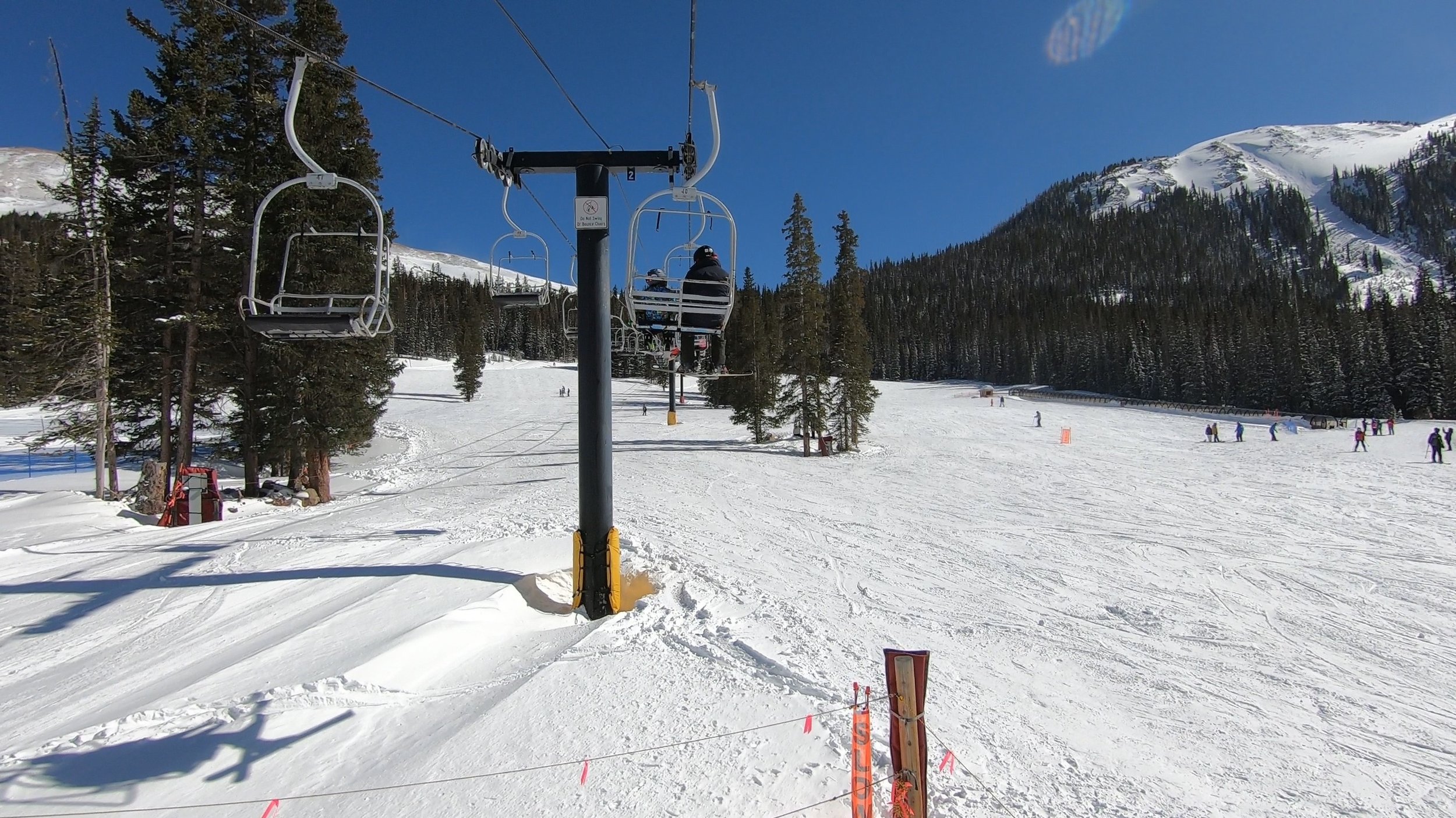
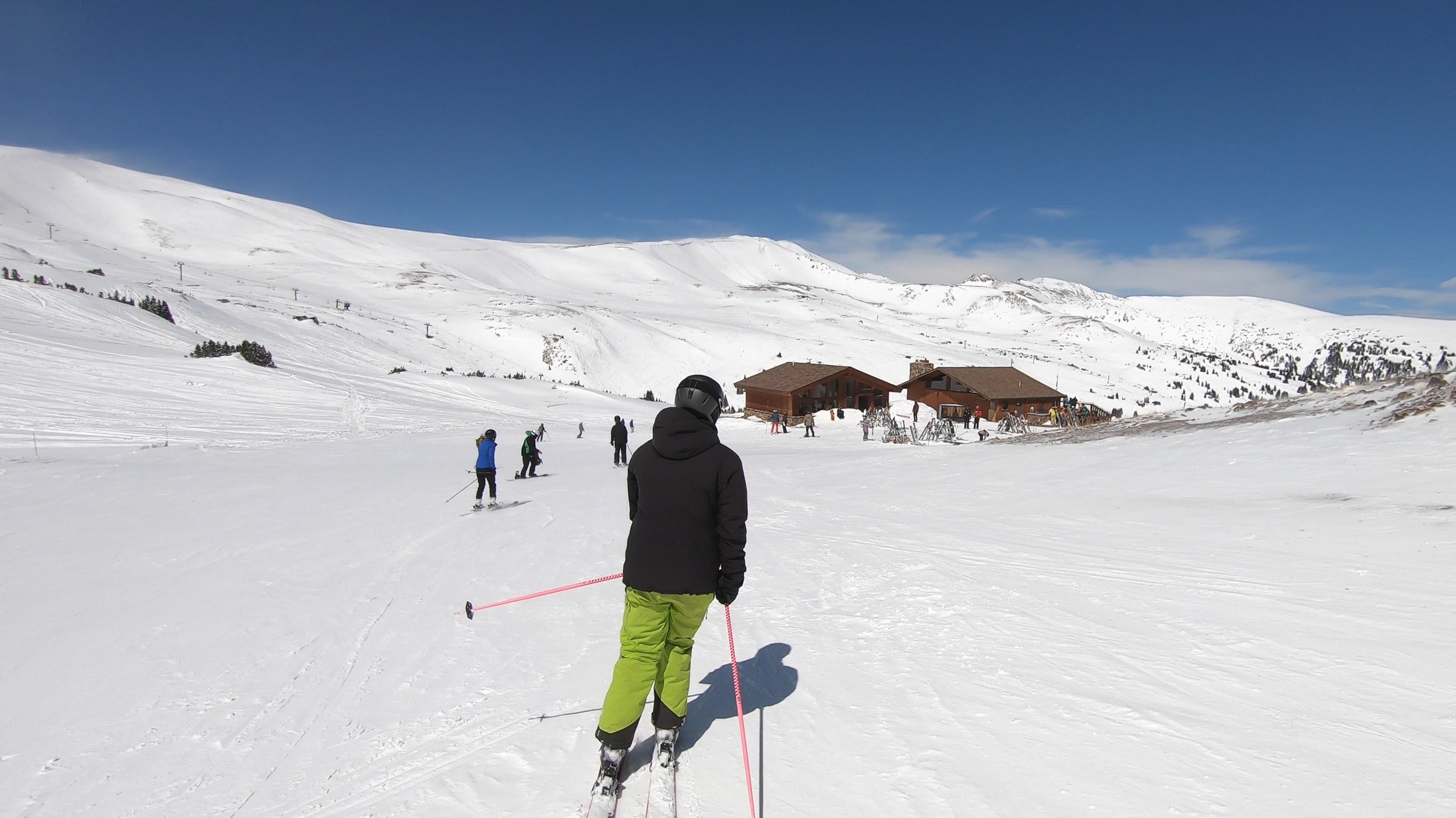
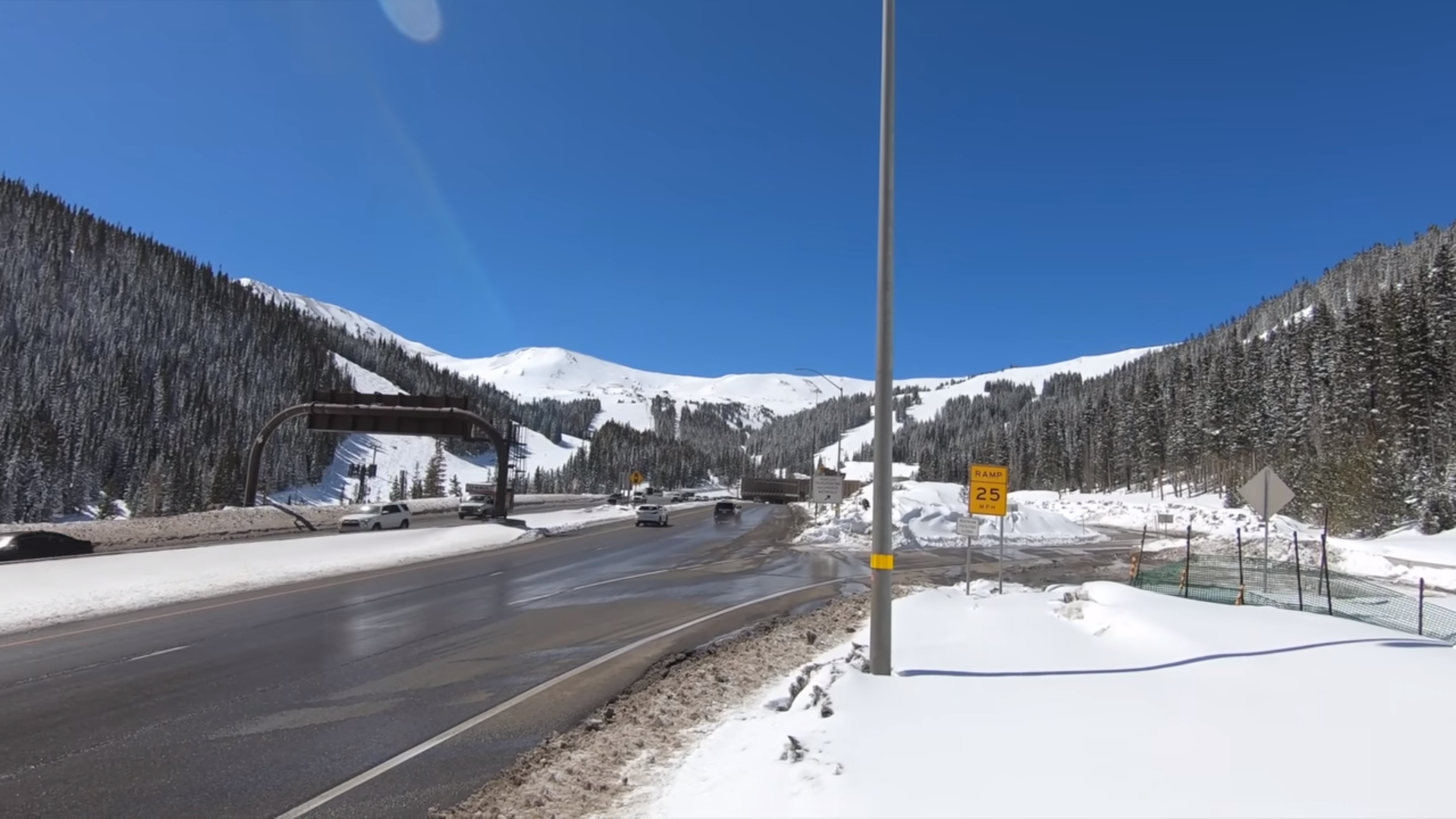



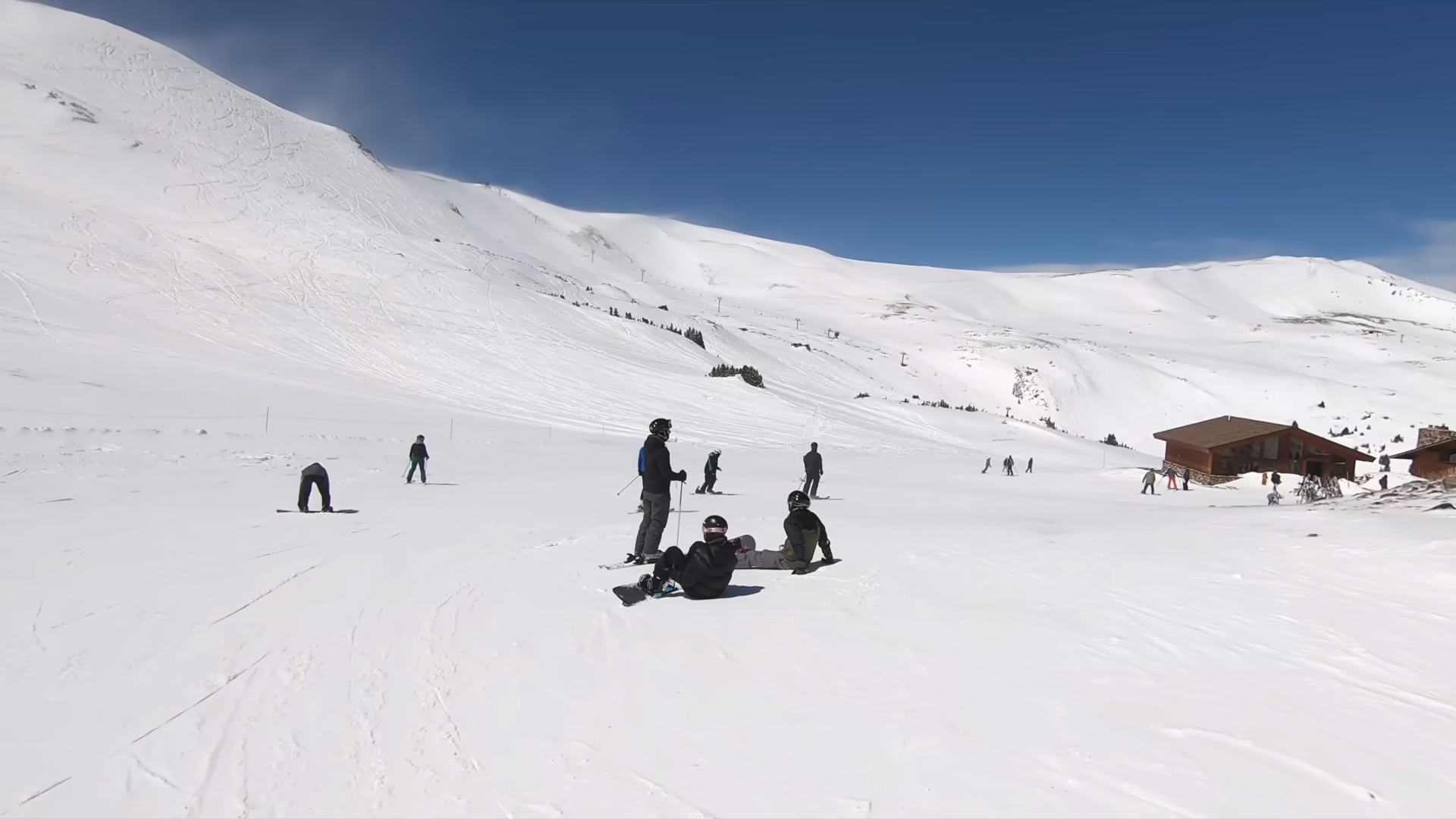






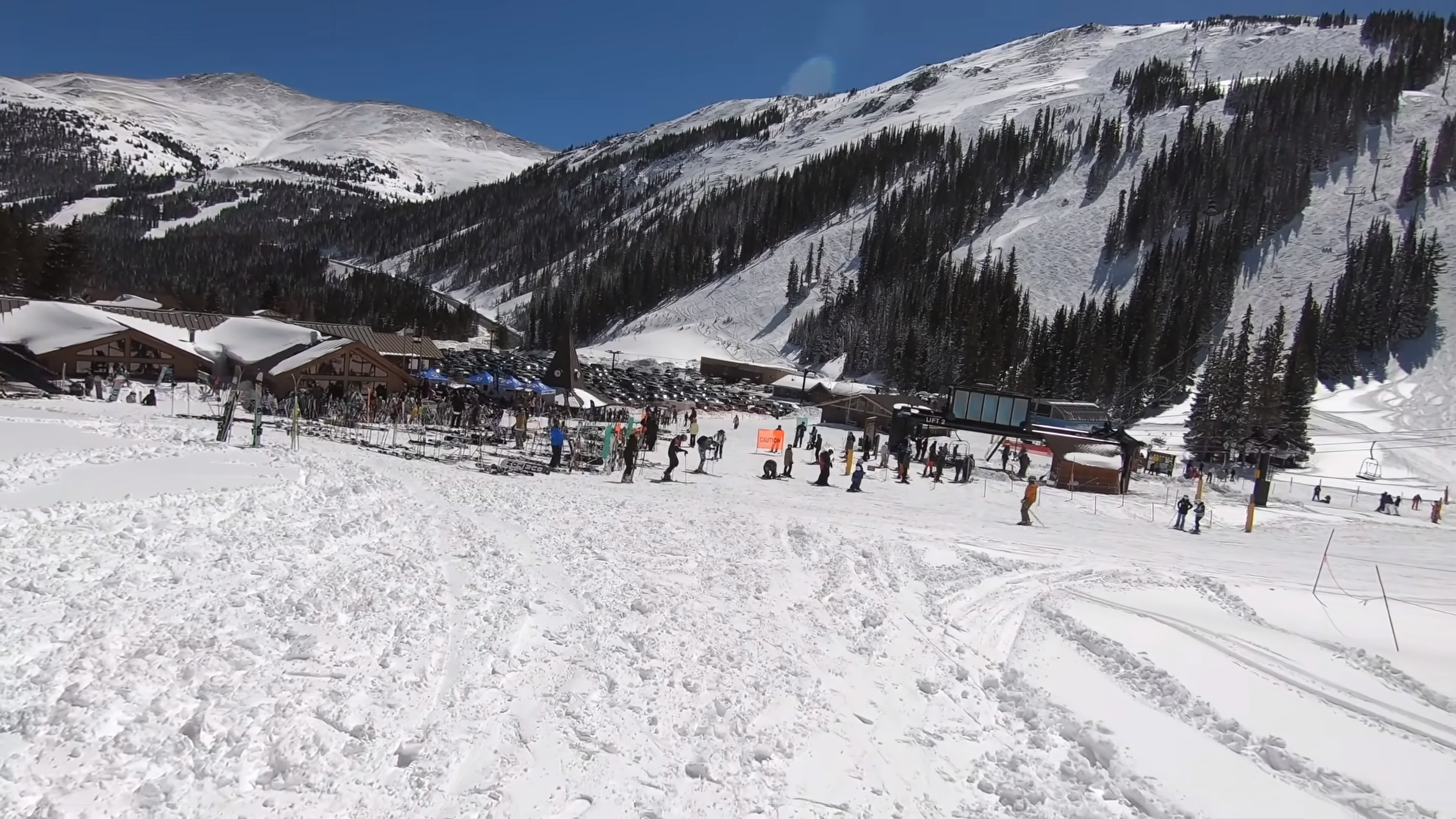






Over 70 North American ski resorts are expected to bring some sort of palpable investment to the slopes this winter. And thanks to one ambitious resort, this upcoming season is home to perhaps the single-biggest investment in a single season in over four decades.